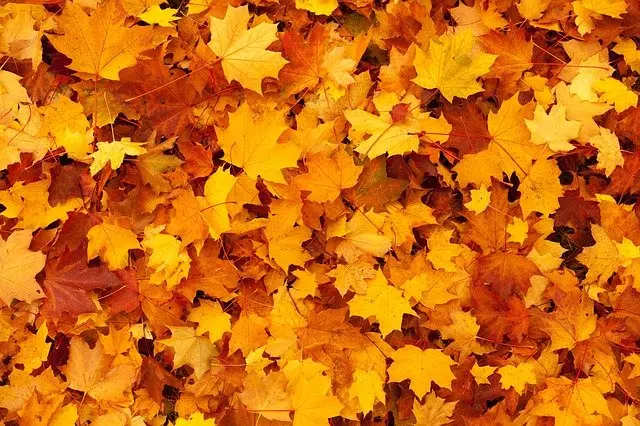
The fall of leaves characterizes autumn.
Autumn is a term that has its origins in the Latin word autumnus . The concept allows us to name the season that, according to astronomy, begins with the autumnal equinox and extends until the winter solstice .
In the southern hemisphere , autumn begins on March 21 and ends on June 21 , when winter begins. In the northern hemisphere , however, autumn runs from September 21 to December 21 . The order of the seasons is as follows: autumn-winter-spring-summer, a cycle that is repeated throughout the planet.
What are the characteristics of autumn
Autumn is characterized by the fall of the leaves of those trees that are part of the deciduous group. Trees of this type, unlike perennials, renew their leaves every year. With the arrival of autumn, therefore, the leaves acquire a yellowish or brownish color and fall to the ground once they are dry. During the winter, deciduous trees remain “naked” and only display their foliage again in the spring.
Although its characteristics vary depending on the geographic region, it is usual that, in the fall, temperatures decrease compared to summer , reaching the lowest levels of the year in winter.
On a symbolic level, autumn is associated with maturity or the decline of life . For example: “I never thought that, in the autumn of my existence, I would fall in love again” , “The singer knows that he is going through the autumn of his career and wants to retire with one last tour” , “I am in my best moment, there is still a long way to go .” for autumn and the resting period to arrive.”

Dry leaves, symbol of autumn.
autumn flowers
Although the time of year associated with the maximum splendor of nature is usually spring, there is a wide variety of flowers that resist even autumn. Even if the temperature drops and the rains begin, the color of the garden should not disappear if the right flowers are chosen, some of which are presented below:
* Aster : it is a herbaceous perennial that bears a great resemblance to the daisy. At first glance, it has an appearance similar to that of a star (something that its name in Latin anticipates). Its flowering takes place during the end of summer and the beginning of autumn, and it exists in more than 200 varieties, with endless shapes and colors. The care it requires is constant watering and full sun ;
* Bignonia : it is a climbing shrub with beautiful orange and reddish flowers, which can reach 10 meters in height and appears at the end of summer. It is important to note that if seeds are used, the waiting time before the first blooms can be four years. They are flowers that are very resistant to low temperatures and adapt easily to any type of soil, but they require frequent watering, full sun and periodic fertilization;
* Chrysanthemum : it is an autumn flower from Asia. Its shape is similar to that of a daisy and it enjoys worldwide popularity thanks to its beauty and color, both ideal qualities to give life to the garden during the typically sepia months. Chrysanthemum is very easy to grow, and only requires mild temperatures, frequent watering, full sun and fertilizer every fortnight;
* Crocus : this flower is usually planted both in gardens and in pots, given its small size, which makes it very versatile as a decorative element. It is a bulbous perennial that does not require much care beyond watering and exposure to the sun, and that offers a beautiful color with yellow and purple tones, easily combined with the colors of many other species.
